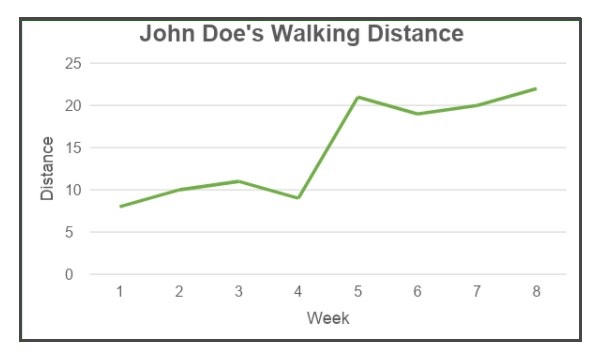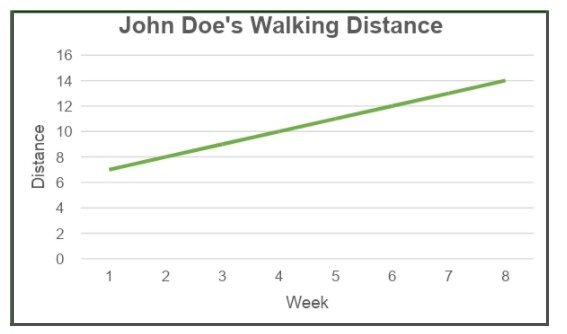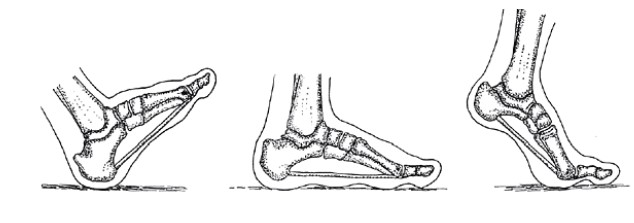Achilles Tendinopathy
Do you experience heel pain when exercising or when you first get up in the morning?
Let’s take a closer look at what might be going on, and importantly, what you can do about it!
What is Achilles Tendinopathy?
Achilles – As you can see in the picture, the Achilles is a tendon that attaches the base of the calf muscles (gastrocnemius and soleus) to the heel bone. It therefore plays an important role in transmitting the force from calf muscle contraction in activities like walking, jogging and jumping.
Achilles’ tendinopathy - Achilles’ tendinopathy is a condition that results in the Achilles becoming painful, often around the heel bone, and can have associated tendon thickening which is an adaptation due to the increased load on the tendon. 
What causes it?
The Achilles is the strongest tendon in the body, so is well suited to withstand substantial forces such as jumping or running. However, as with many other areas of the body, injuries occur as a result of sudden increases in load, meaning a spike in training intensity or frequency. When there is a sudden increase in the amount of exercise we are doing, our Achilles is not able to tolerate the overall load being transferred through it, therefore we get pain and sometimes inflammation as a protective response.
The figure below represents a typical Achilles tendinopathy exercise history. Our hypothetical John Doe is averaging about 10km of walking each week. He then has a spur of motivation, and more than doubles his average walking distance per week. Without time to adapt to this increase in exercise volume, the Achilles tendon is overloaded, and becomes sensitive as a result.
What are the symptoms?
- The main symptoms are gradual pain, stiffness and sometimes inflammation around the Achilles tendon.
- These symptoms are generally most noticeable when waking up in the morning or following exercise.
- Some people will also have pain during exercise, although it is more common to notice pain afterwards.
What can you do about it?
Load Management
- A good first step is to modify the amount of work your Achilles tendon is doing! Remember, the tendon undergoes load with activities like walking and jogging, so they’re the usual suspects!
- This means reducing the activity that is causing you pain (this does not mean you should stop entirely – this can cause deconditioning of the tendon, making it more sensitive).
- As symptoms subside this load can be gradually increased by about 10% per week
- For example, if you were walking 5 times per week for 30 minutes each walk, reduce that to 2-3 days per week for 15-20 minutes. Try halving the volume and then building back up.
- Once the pain has reduced and walking becomes more tolerable you can increase the amount of time spent walking by no more than 10-15% per week.
- You can see in the graph below, that John Doe has reduced his average walking distance right back to what he can tolerate – 7km. Then each week he has added 1km to his total. But remember – this is an ideal scenario, in real life, some weeks he may have to back off the amount because of an increase in his symptoms.

Potential Passive Strategies
- Using a heel raise or a change in footwear to lift your heel to reduce pain and symptoms.
- It is important to keep in mind that evidence on these treatments is often conflicting. Whilst these may help controlling symptoms, they cannot help you in building up the tolerance of your Achilles tendon – this occurs with active treatment - exercise!
Strategies to warm your Achilles up
- Heel toe lifts – sitting on the edge of a chair or a bed, lift your heels of the ground, then with heels back on the ground lift your toes off the ground. Repeat approximately 20 times upon waking or prior to exercise.

Strengthening
- Stand on the ground on both feet. Rise onto both tiptoes, and then lower back down. This can be made more difficult by completing the exercise only on the affected leg. Aim for three sets of 8-15 repetitions every second day.
- Stand with your heels hanging off the edge of the step. Holding something for support, raise up onto both tiptoes, and then lower back down. This can be made more difficult by just completing the exercise on the affected leg or even adding some weight. This can be done by holding a weight such as a dumbbell or kettlebell or even putting on a backpack filled with books. Aim for 3 sets of 8-15 repetitions every second day.
- It’s important that the exercise is challenging. This means going to repetition number where you feel you could only do 2-3 more. As you build up strength, you can gradually increase the load by 5-10% each week. This increase causes the muscle and tendon to adapt – making it more resilient and less sensitive!
Pain during exercise
Remember that you may have some pain during or following these exercises. This is normal response to exercising a sensitive area. It is important to remember that as long as the pain is tolerable you will not be causing harm, and if you are consistent with the exercise symptoms should subside with time!
Once again here is the exercise video!
You can add the Achilles tendon exercise on to the end of your 2-3 times weekly strength-based training sessions? Not doing strength based exercise? Give you free strength workout a go when you sign up for a free Be Mobile account!
References
- Achilles Tendinopathy. (2021). Retrieved 26 August 2021, from https://www.physio-pedia.com/Achilles_Tendinopathy
- Knott, D. (2021). Achilles Tendinopathy. Treatment and Information. Retrieved 26 August 2021, from https://patient.info/foot-care/heel-and-foot-pain-plantar-fasciitis/achilles-tendinopathy


